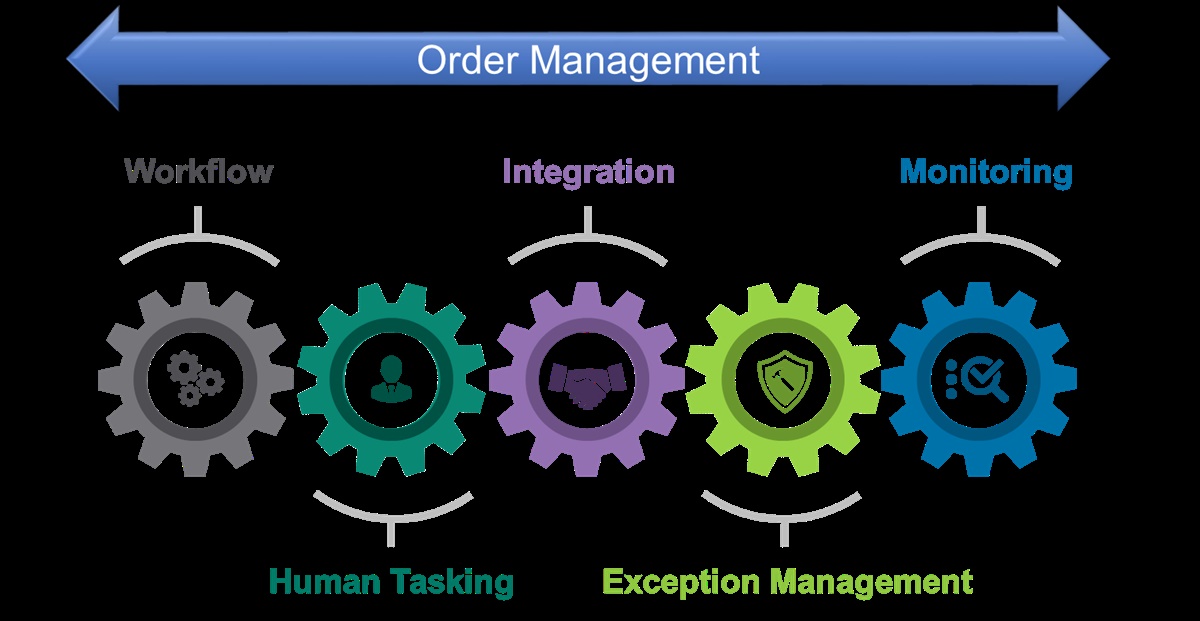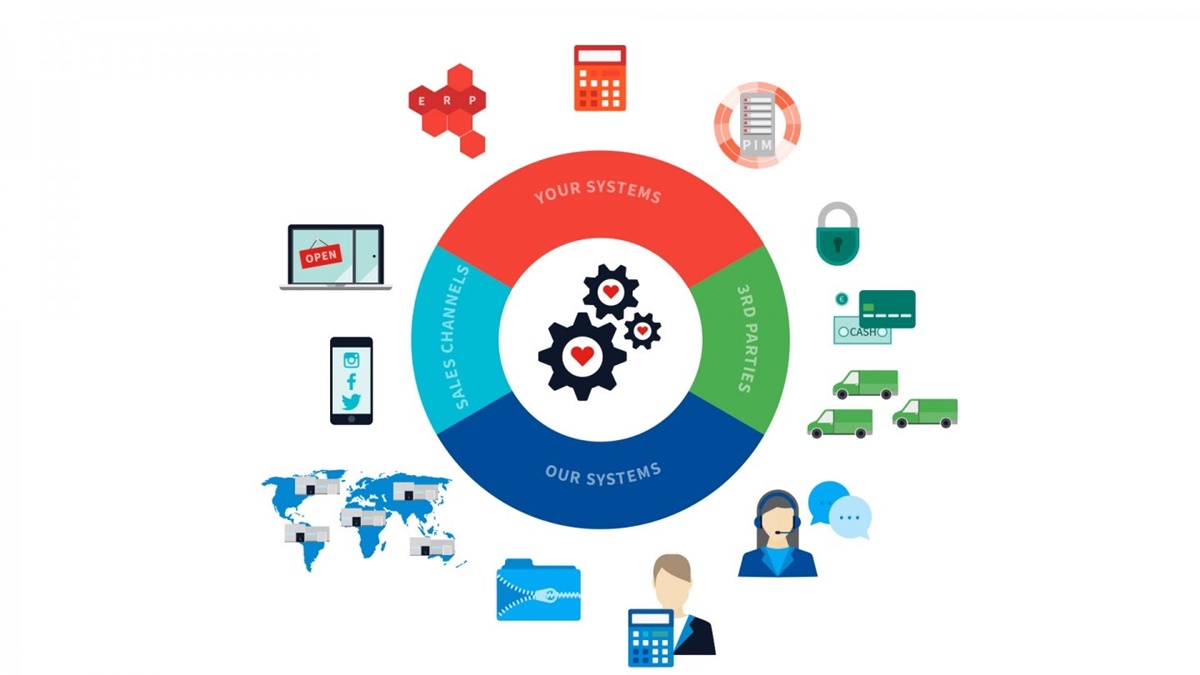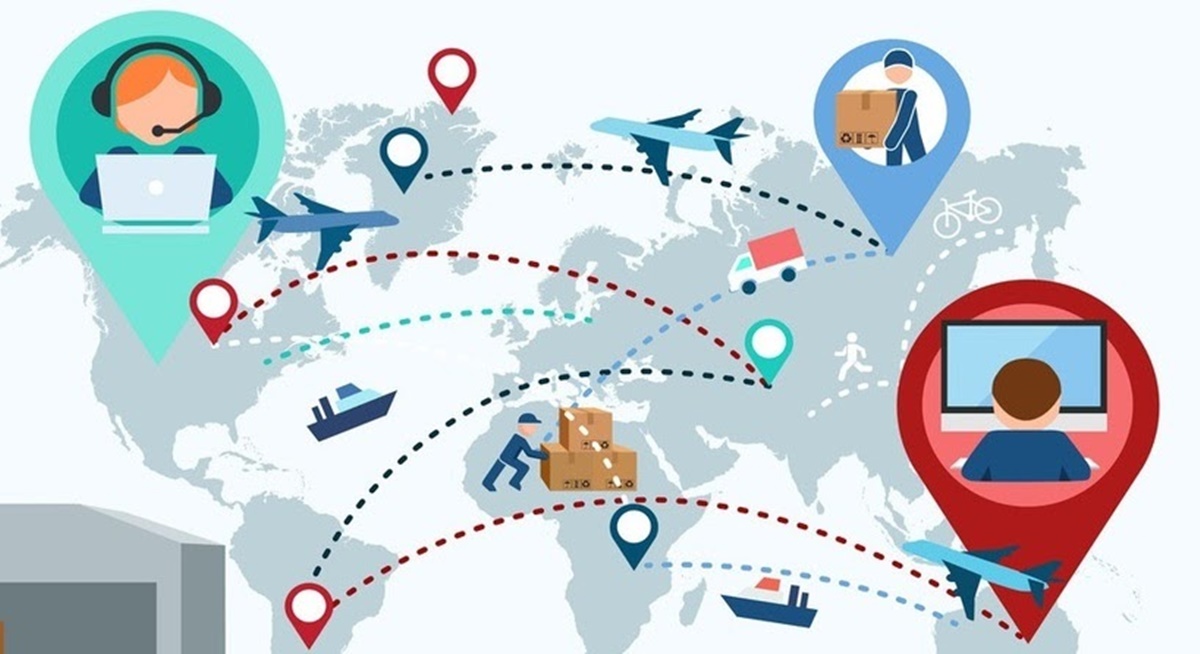Order Management System: Definition, Benefits & How to choose?
In business activities in general and e-commerce in particular, merchants and customers have agreed on a common goal that is to bring products from the entry of customers’ orders to customers as quickly and accurately as possible. To achieve this, the business must have an efficient and flexible order management system that can keep up with what your business needs to meet modern buyers’ expectations and competition.
Besides, so that your business can operate effectively, not only marketing, finding customers, ect., is important, but your management of customer orders is also a core factor. In distribution activities, order management is crucial for; effective order management, it must ensure the information throughout, timely, quickly, and accurately among members of the distribution system. However, manually managing orders will cause many problems for businesses. The order management system (OMS) was born to help enterprises reduce the burden of order management.
So what is an order management system, and how do you choose a good system that fits your business model? In today’s article, I will introduce you to all the information about the Order management system.
What is an order management system?

Order management is an order-based sales process at the core of any B2C and B2B commodity-based company. Put simply; it is a complete, end-to-end cycle for receiving and processing customer orders. Order management can not be done alone but requires a combination of almost every part of the company: from customer service to the warehouse, accounting to partner delivery. Doing good in order management ensures business processes work smoothly, maintain customer satisfaction, and protect the company’s reputation.
Order management consists of a series of contact points and stakeholders connected to allow customers to order the right products, at the right price, and get them at the right time. The order fulfillment system ensures that the ordering process goes smoothly and allows businesses to build customer records and track inventory and sales records.
However, the more contacts and stakeholders involved in the order management process, the more obstacles businesses face. Some of the main challenges for firms include human error and backlog, inventory visibility, shipping errors, etc. All of that can make businesses lose their customers’ satisfaction and ultimately hurt customer loyalty. The optimal solution to this problem is none other than the order management system. To establish a fast, efficient, and cost-effective order management cycle, both B2C and B2B companies choose to use an integrated and responsive order management system (OMS).
An order management system is a tool or platform that helps businesses track sales, orders, inventory, and fill. It also calculates the people, processes, and partnerships needed for products to find their way to customers. Order management requires a multidimensional system that covers almost every aspect of how the business operates, including:
- Customer
- Sales Channel
- Product information
- Inventory level and location
- Supplier to buy and receive
- Customer service; namely return and refund
- Order prints, picking, packaging, processing, and shipping
Modern order management systems treat the complete supply chain as an interconnected ecosystem. They allow merchants to automate their internal processes from order to execution.
What are the functions of an order management system?

An order management system is considered perfect when it possesses features that fully meet the following requirements:
1. Track orders
The essential thing in an order management system is that it must manage all elements of your order, regardless of the channel. This is especially important if you operate in the field of e-commerce on platforms like Amazon or eBay. Orders on the phone, at the store, and most importantly on your website must be easily tracked and recorded. These orders should be available everywhere, and the benefit of an order management system is focused on this process.
2. Locate inventory
Research shows that 43% of retailers think inventory management is their number one challenge. This problem is from the absence of suitable structures in place, time, and gross profit. Tracking inventory periods across multiple warehouses can be challenging. An order management system can simplify this process by using practices such as item-level tagging, RFID technology, and automated stock control.
3. Fulfill orders
Over the last five years, the diversity of warehouses has increased by about 7%. It helps stores take advantage of 3PL or even just use the warehouse space in the area a lot simpler. Also, speed is essential. Having inventory close to your customers is the best way to ensure fast and consistent delivery. Your order management utility allows you to send through orders to be packed and shipped with the correct shipping label.
4. Manage returns
In the business field in general and the e-commerce field in particular, profit is a top priority. If tracking incorrectly returned items, it is difficult to significantly offset the actual number of orders, causing trouble in many other aspects of the business. An order management system that can help e-commerce stores greatly assist you in processing refunds and refunds to customers.
5. Other functions
In addition to the main factors mentioned above, a good order management system can help business people in many other aspects including support, to accept orders and payments regardless of channel or currency, control the order shipping process, update inventory levels on sales systems and channels, provide inventory items or 3PLs to complete. It also helps to track orders for both customers and customer service teams. You can fully observe and forecast the level of goods to avoid inventory. Some systems now also integrate with support office functions such as accounts receivable, accounts payable and ledgers to create invoices, and accept payments.
Main benefits of an order management system

Many order management systems provide real-time transactional solutions. This allows users to disclose market costs and execute orders in several exchanges instantly with the help of real-time price streaming. Some of the advantages companies can get from an order management device include order management and portfolio asset allocation.
An excellent order management system that can support regulatory compliance includes real-time assessments of transactions both before and after entry. The order management system helps employees comply with the life cycle of transactions to determine whether there is any entertainment or financial fraud as any violation of regulations by using the Member of the company or not. An order management system can enhance the workflow and communicate verbally between portfolio managers, traders, and compliance employees.
The order management structure is a necessary improvement in the money supply industry because it monitors locations in real-time, prevents regulatory violations, and monitors the speed and accuracy of the execution. Financial changes and savings are of great value.
How to choose the right OMS system?

1. Identify your system goals and priorities
By identifying the goals and priorities and discussing with internal stakeholders, you will really identify which features fit your company’s requirements. You should also consider the aspects of future business development to choose the right system without having to spend too much on each business scale change. For example, something like Ollie can offer hassle-free brewery sales management for craft breweries as they grow, but a general solution may have to be swapped out to allow for an increase in orders. So even if the general solution is cheaper at first, a more focused system will cost you much less in the end.
2. Draft a request for proposal (RFP)
This will help your business start easier. Both you and your provider understand the technical needs and barriers of the utility you are hoping to implement. Do not forget to include the number of orders, the number of SKUs, the current vendor context, the existing software, hardware and network, a timeline for the system acquisition process, and the instructions’ details and support.
3. Research structures options
Research the system structure before you choose to use an order management system. Using always introduced systems or systems you know will cause you to miss out on superior features or system structures that are better suited for your business. So, gather a list of vendors to evaluate and gain demos or trail.
4. Wait for and consider all responses
You should have a file to record all the advantages and disadvantages of all the provider’s information and responses. These assessments are mainly based on the goals you set in step 1 to choose from 2 to 3 most suitable systems and make a final selection.
5. Review trade-offs
This will not help you find a hundred percent match agent for your requirements. However, your final selection will mainly be based on trade-off criteria. The special feature of each system should not be your only criteria when choosing an order management system. You should decide to take into account the entire commercial business relationship you are involved in. Factors that you should consider are: Is their company useful? Are they experts in their field? And do they continually develop the platform to provide their customers with options for expansion and development?
Thus, when choosing the best order management system for your company, you should set yourself a checklist. In that checklist, you should list out the questions that you need that the system can meet and start evaluating whether it matches the criteria you set. Here are some questions that should be included in your checklist, in my opinion:
- Does that system allow you to get rid of manual procedures through automation?
- Does the system allow you to control income across several channels, currencies, and geographies?
- Does the system guide more than one warehouse location?
- Does the system provide reports and forecasts for you to detect problems, charts, and changes?
- Does the system provide access to the API and allow you to update at your own pace?
- Does that system help integrate third and third parties into the broader supply chain ecosystem (i.e., accounting, warehouse management, implementation, 3PL, etc.)?
- Is the system a platform that is either delayed or consistently incorporating new functions?
Summary
Today, e-commerce platforms continue to expand and break down barriers internationally, so order management systems are even more critical than ever. If you are still finding the right product for your business, make sure you clearly define your business processes, goals, and objectives. Don’t forget to evaluate benefits, costs, and features that fit your plan; research OMS to find the one that best suits your needs.
Order management is an inherently complex process. Choosing the right order management system is vital to longevity and business quality, but it is also an often-overlooked field so that you can win easily.
Hopefully, with the information on the Order management system provided above, you can easily choose for yourself an appropriate order management system and support you towards the most crucial goal in the business: Growth.
New Posts






